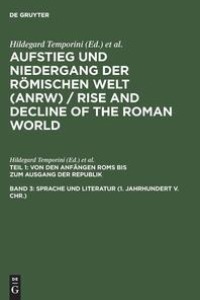
Liknande böcker
Iphicrates, Peltasts and Lechaeum
Bok av Nicholas Sekunda
The works assembled in this volume complement the article written on the battle of Lechaeum by Andreas Konecy inChrion 31 (2001), which is here translated into English by Brian Bertosa. Konecy not only reconstructs the location and phases of the battle, in the best traditions of traditional military history, but attempts, according to the newly established canons of modern war studies, to get into the minds of the soldiers involved. The two following chapters deal with the Lacedaemonian forces involved in the battle, the first, by Nicholas Sekunda, analyzes the components of the mora that suffered defeat. The second, by Bogdan Burliga, deals with their conduct. There follows a contribution by Roel Konijnendijk on the historiography of the battle in later times, and the building of the reputation of Iphicrates as a military innovator. The following three chapters of the book deal with peltasts and their evolution. Slawomir Sprawski studies the evidence for peltasts in Thessalian armed forces from the first half of the fifth century onwards. In the following chapter Brian Bertosa considers, among other matters, the evidence for peltasts carrying close-quarter weaponry prior to the fabled 'Iphicratean reform'. In the last chapter, Nicholas Sekunda argues that the Iphicratean Peltast Reform took place during preparations for the second Persian invasion of Egypt 377/6-373 BC.







